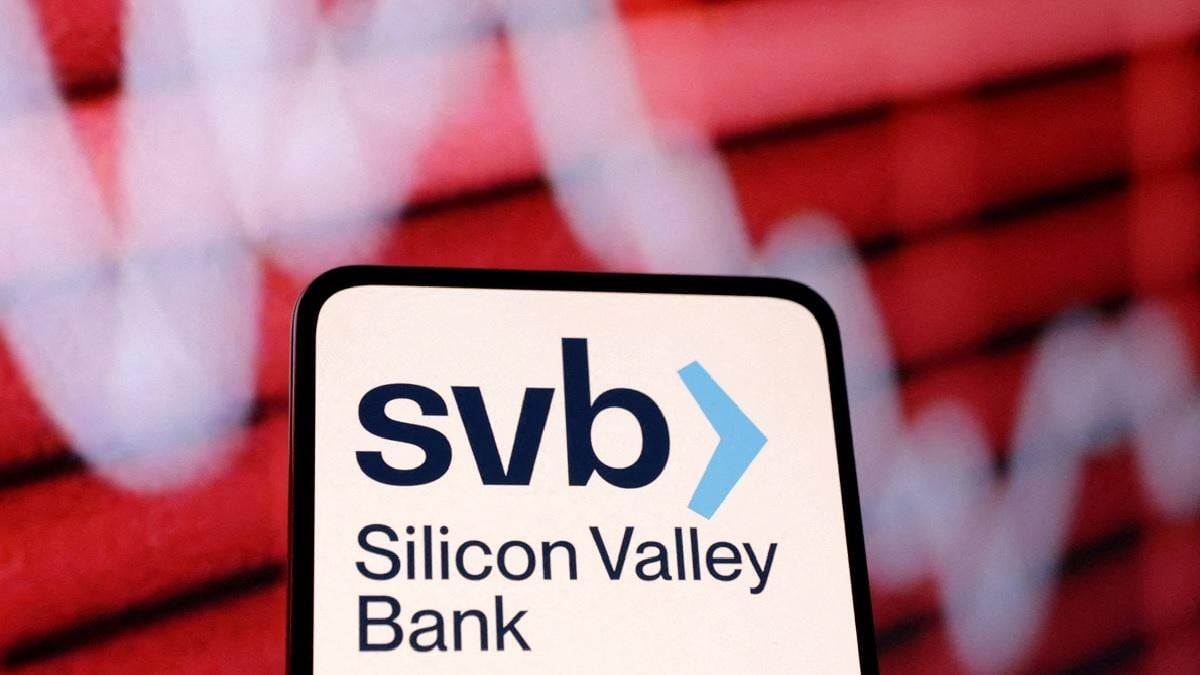Silicon Valley Bank (SVB) is a financial institution that has been in operation since 1983. It was founded to provide banking services to technology and life science companies in Silicon Valley. Over the years, SVB has expanded its services to other areas in the United States and around the world, including Europe, Asia, and Israel.
However, in recent years, the bank has faced a series of challenges that have led to its closure. One of the main factors that contributed to the closure was the bank’s exposure to risky loans. SVB has been known for its willingness to lend to startups and other high-risk ventures, which has led to its success in the past. However, this approach has also exposed the bank to significant losses.
Another factor that contributed to the bank’s closure was the increased competition in the financial industry. As more and more banks entered the market, SVB faced significant pressure to maintain its position as a leader in the industry. This led to the bank investing heavily in marketing and advertising to attract new customers, which further strained its finances.
Additionally, the COVID-19 pandemic had a significant impact on SVB’s operations. The pandemic led to a significant decrease in the demand for the bank’s services, as many businesses were forced to close their doors or scale back operations. This resulted in a significant decrease in the bank’s revenue, which put further strain on its finances.
Despite these challenges, SVB continued to operate and provide services to its customers.
However, after long routesThe Silicon Valley Bank (SVB) has been shut down by regulators, the Federal Deposit Insurance Corporation (FDIC) said on March 10. The closure order was issued by the California Department of Financial Protection and Innovation, which is also named the FDIC as the receiver, CNBC reported. The stock of SVB had lost more than 66% today and went on a complete stock market rout across the stock markets of the world.
The FDIC would be in-charge of protecting the insured deposits, the report added, further noting that the corporation has formed the Deposit Insurance National Bank of Santa Clara to hold SVB’s insured deposits.
SVB is the United States’ 16th largest bank, holding $210 billion in assets. It acts as a major financial conduit for venture capital-backed companies, which have been hit hard in the past 18 months as the Federal Reserve has raised interest rates and made riskier tech assets less attractive to investors.
The SVB crisis originated after its parent organisation, the SVB Financial Group, announced a sale of $21 billion of its securities that were a part of its portfolio, along with which it mentioned that it held a sale of shares amounting to $2.25 billion to shore up its finances, reported Bloomberg.
This move was prompted due to high deposit outflows at the bank caused by a downturn in the start-up industry. The bank also reported a decline in the net interest income.
The closure was a significant blow to the financial industry, as SVB was known for its innovative approach to banking and its focus on the technology and life science sectors.
In conclusion, the closure of Silicon Valley Bank was the result of a series of challenges that the bank faced over the years. These challenges included exposure to risky loans, increased competition in the financial industry, and the impact of the COVID-19 pandemic. While SVB was a significant player in the financial industry, its closure highlights the importance of managing risk and adapting to changing market conditions in the financial world.

